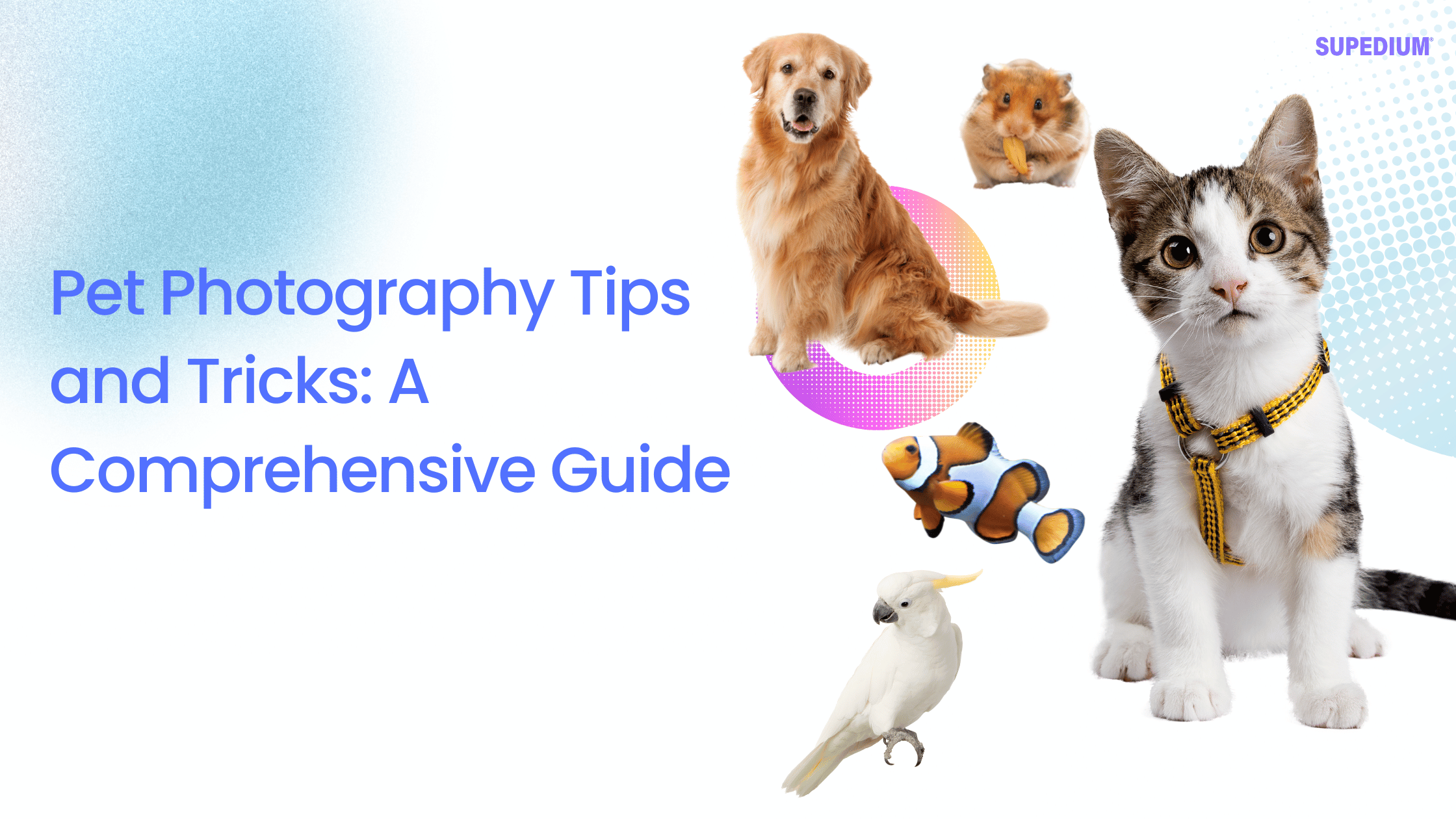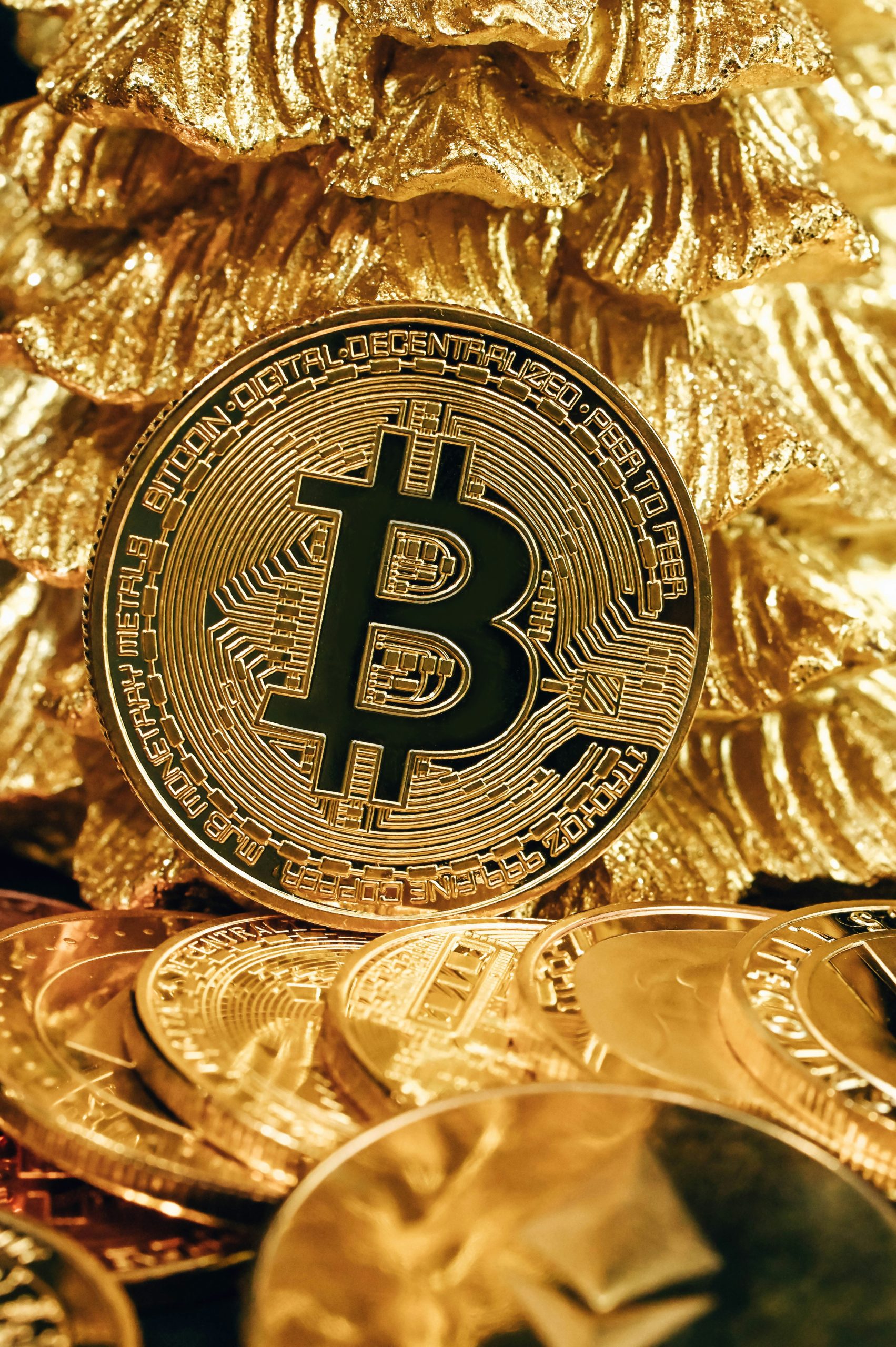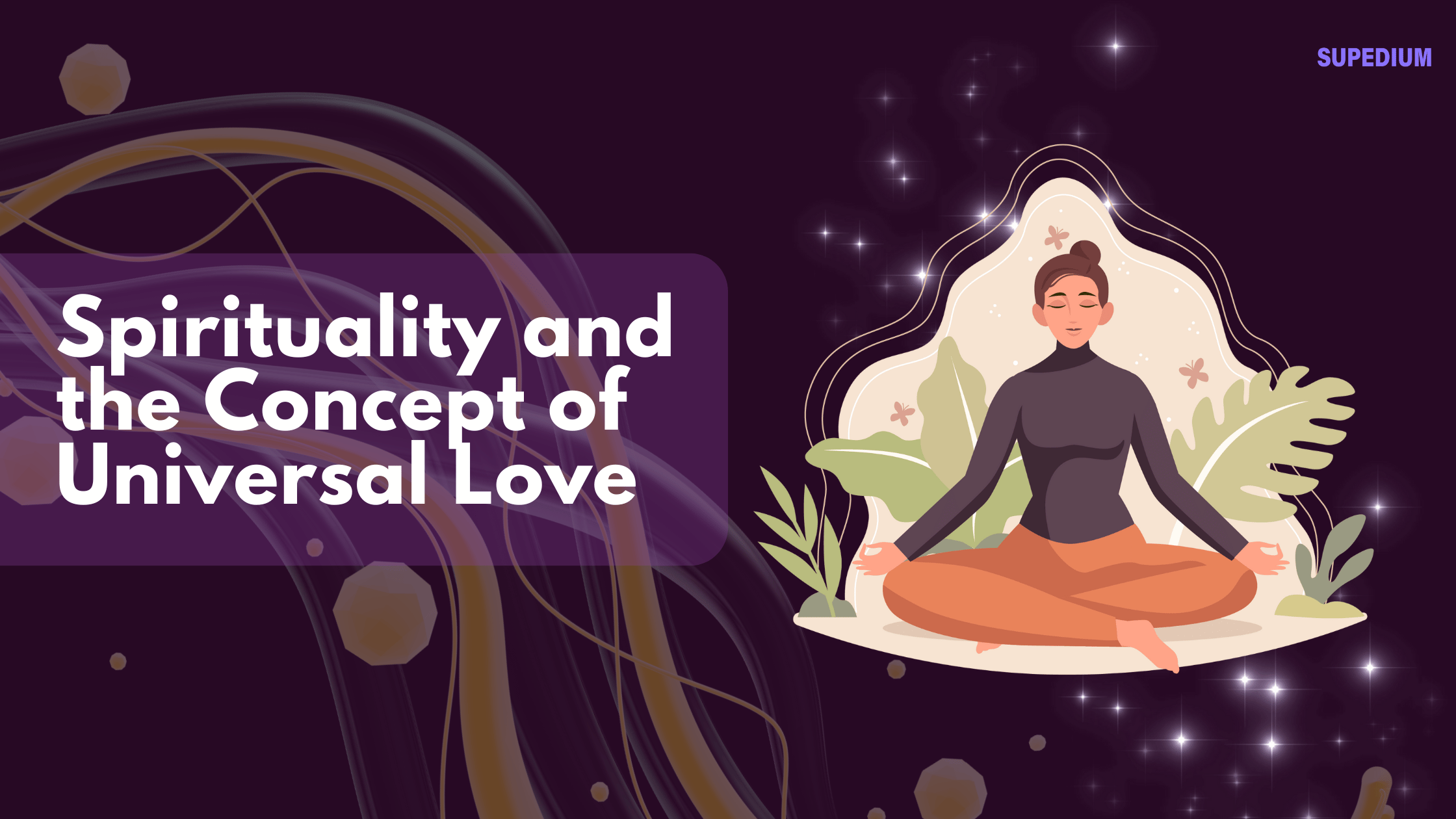Table of Contents
![]()
In classical conditioning, an unconditioned response is an unlearned response that occurs naturally in response to the unconditioned stimulus. If food’s smell is the stimulus, the sensation of hunger in reaction to the odour of food is the response.
Cases of Unconditioned Replies
Have you ever touched a pan and jerked on your hands back in response? That instant reaction is an excellent example of an unconditioned response. It occurs without any kind of instruction or learning.
Some examples of responses include:
- Gasping in pain after being stung by a bee
- Jerking your hands back after touching a hot plate on the oven
- Jumping at the noise of a loud Sound
- Twitching your leg in response to a physician tapping your knee
- Salivating in reaction to a sour taste
- Jumping straight from a growling dog
In each of the above-mentioned example, the response occurs mechanically and naturally.
The Unconditioned Response and Classical Conditioning
The notion of the unconditioned response was initially discovered by a Russian physiologist called Ivan Pavlov. Throughout his study on dogs’ systems, they had been fed, the animals in his experiment would start to salivate. Pavlov noted that when whenever the dogs were fed was rung, the animals started to salivate in response to the bell.
In Pavlov’s classic experiment, the food represents what is referred to as the unconditioned stimulus (UCS). The UCS automatically and naturally triggers a response. Pavlov’s dogs salivating to the food in the reaction is a good instance of the response.
By pairing a conditioned stimulus (the sound of the bell) with the unconditioned stimulus (the food), the animals eventually came to associate the sound of the bell with the presentation of meals. At this time, salivating in reaction to the sound of the bell becomes known as the conditioned response.
Unconditioned Response and Conditioned Response Differences
When trying to differentiate between the and the response Conditioned response, try to keep a few important things in mind:
- The unconditioned response is automatic and natural
- The unconditioned response is inherent and requires no prior learning
- The conditioned response will happen only after an association was made between the UCS and the CS
- The conditioned response is a learned response
For example, whenever You’re cutting, you tend to split onions. You wind up playing the same song and enjoy listening to music as you’re making dinner. You find that if you hear you end up tearing up. In this case, the stimulus is represented by the vapours in the onions. They naturally and mechanically trigger the reaction, that’s the response.
After relationships between the and a song, The tune itself begins to elicit tears, stimulus.
So what happens when an unconditioned stimulus is paired Using a stimulus? When the conditioned stimulus is presented alone without the unconditioned stimulus, the conditioned response will gradually diminish or vanish, a phenomenon called extinction.
In Pavlov’s experiment, for example, ringing the bell Presenting food led the dogs to stop salivating in response. Pavlov found the extinction doesn’t lead into the subject returning to their state. Sometimes, allowing a period to elapse before abruptly reintroducing the conditioned stimulus may result in the spontaneous recovery of this reaction.
You need to read more about how this procedure in addition to a number of the critical differences between how classical and operant conditioning work.
Share This




Be the first to comment